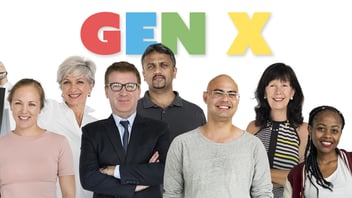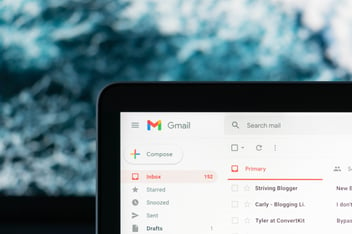How to Create Customer Loyalty from Points and Miles Programs
When was the last time you redeemed points or miles?
Most of you reading this probably haven’t done so recently. Many of you have never cashed them in. Yet, each one of us is earning them somewhere, somehow.
The premise is so appealing. People love points programs because we love the idea of getting something extra.
Especially in the travel world. We love the idea that one day we’ll be able to take a free flight or spend a couple of gratis nights in a hotel.
But the only people that enjoy such rewards seem to be extreme business travelers who have stockpiled miles for years. It doesn’t do much for the rest of us, even those who travel more than the norm.
There’s so much hidden potential within these programs, and in any loyalty program. The potential of each can be unlocked with just one simple shift in mindset: every member should have their expectations exceeded in every transaction.
With general loyalty programs we’re referring to transactions in general. With points programs, we’re referring to redemptions.
In this article, we’ll explain the value of offering low-hanging fruit to members, why you should leave bread crumbs for non-ideal customers, and ways you can add value to every member transaction.
 First, let’s talk about the growing pains in points and miles programs.
First, let’s talk about the growing pains in points and miles programs.
Take My Points Please
Last week, Collinson Latitude released a study on points and miles programs in the travel industry. Their study confirmed the pain: 71% think a lack of diverse redemption options decreases a program’s value.
In other words, people need something on which to burn their points. They're begging for it.
For years points and miles programs have offered the promise of free flights and hotel stays to loyal travelers. As costs have risen, so have the redemption levels. What was once accessible to someone who traveled frequently can now only be reached by the true road warrior.
As costs of core inventory such as rooms and flights increased, redemption hurdles also increased. As those hurdles increased, program engagement decreased. It’s been a few years, but Colloquy reported that over $16 billion in unused points and miles goes unredeemed every year.
That’s a lot of dough tied up in liability. Even worse, that’s lost engagement and potential lifetime value of customers.
Points programs have to expand. There needs to be a shift from big ticket redemptions and breakage models to low-hanging fruit and bread crumbs.
It’s About Engagement, Not Rewards
There’s a big kicker in the Collinson Latitude study. 77% of members who redeemed their points for things other than free flights and nights continued to spend with the brand. Just 71% of those who held out for core inventory redemptions continued as customers.
It’s not even about the specific reward; it’s the function of engagement. It’s simply having something for them to buy with their points. It’s all about generating transactions.
People get a hit of dopamine when they cash in their miles for a free drink, just as if they cashed in for a free flight.
They may have spent $100 dollars to earn the miles that bought the $8 drink, but consumers don’t do the math that way. To them, the drink is a gift for choosing to spend their dollars with that brand.
That’s mental real estate reserved for the next time the customer is booking a flight or hotel stay.
The higher the value of the reward the brand is willing to offer at a low threshold, the more likely the member is to return.
One Purchase = One Reward
We’ve talked a lot recently about ideal customers. Every business has an obligation to pursue and shape itself to meet the needs of their most profitable clientele.
Starbucks’ loyalty changes were a great example of this practice. Points and miles programs do this well for the most elite members, offering services such as free checked bags and upgrades.
There should be breadcrumbs for everyone else. Starbucks did this by eliminating some of the hurdles in their program tiers. Other points and miles programs haven’t come around to that just yet.
The opportunity is still there. A lot of the people on the plane are earning points while flying. Why not give them options to put those points to work for the brand?
The key is low-hanging fruit. One purchase doesn’t have to be enough to earn another one free, but it should be enough to get something.
The average cost of a flight is nearly $400, which should qualify a member for a free drink, a PPV movie, or some mobile coupons at merchants in destination cities.
 This doesn’t only apply to big ticket purchases like airlines and hotel stays.
This doesn’t only apply to big ticket purchases like airlines and hotel stays.
A “get something on each purchase” approach can work for any program. It can be free refills at the coffee shop, or a free cookie at the grocery store.
Exceptional Loyalty
Loyalty is largely a function of exceeding expectations.
Just having a loyalty program isn’t going to be enough to change behavior. It has to be exceptional and rewarding. It has to drive behavior change.
By offering something of value to every member loyalty programs drive people to seek more.
Every customer can become an “ideal” customer if they’re shown enough value on a consistent basis.
Obviously, the odds of someone going from an occasional traveler to a high-volume traveler overnight are slim. But by encouraging frequent redemptions these programs earn that small piece of real estate that can make all the difference.
In industries with little differentiation between players, that bit of real estate can make a huge difference.
Topics: customer loyalty
Written by: Brandon Carter





.jpeg)







Share your Comment.